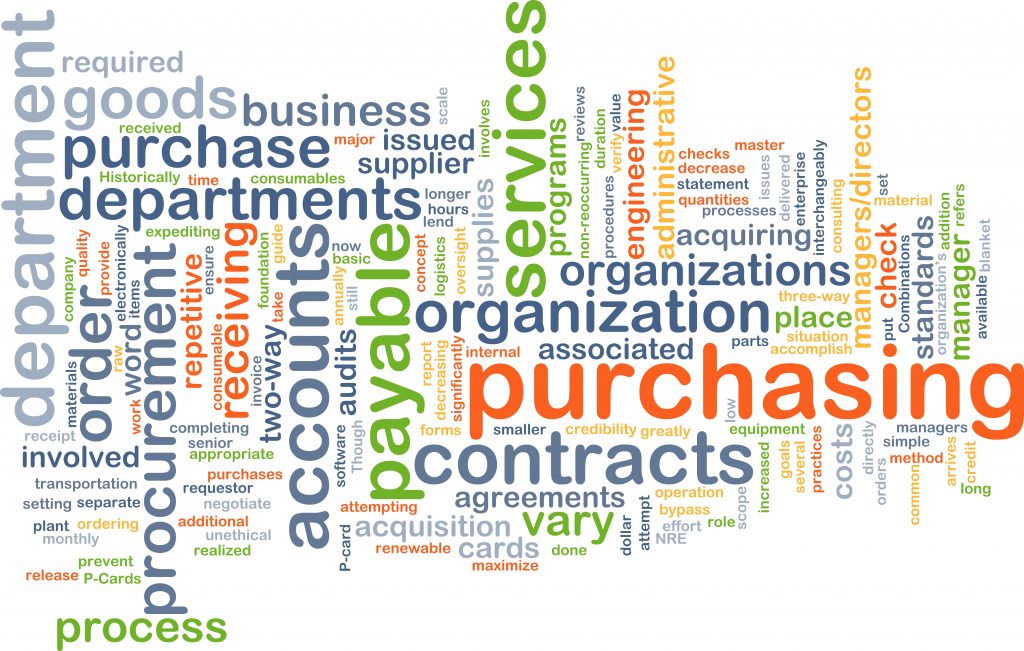Ah, Valentine’s Day — the day when love is celebrated around the world with the giving of sweet, romantic gifts.
However, there’s not a whole lot to love about abuse within a company’s purchasing program. When a holiday like Valentine’s Day comes up, just as red hearts full of candy start to appear in stores, “red flag” transactions can also begin to pop up on purchasing cards.
No one wants to be the victim of such fraud. But, you can use those red flags to your advantage, to identify both P-Card abuse and the abusers.
What to Watch for Near Valentine’s Day
Because gifts for Valentine’s Day are so typical and recognizable, it’s actually an excellent time to be on the lookout for P-Card fraud and to identify the participants involved. Here are specific purchases to watch for on and around February 14:
- Flowers
- Candy
- Jewelry
- Wine
- Dinners
- Lingerie
- Gift baskets
- Gift cards and certificates
Real-Life Romance on a Company’s Wallet
There really are no limits as to what people will purchase with a P-Card — and many real-life personal purchases could easily fall under the category of “romance.”
Some actual (and extreme) examples have included:
- The catering for a wedding reception
- A trip to Las Vegas
- Jewelry, including a diamond ring
- Flowers
- Leather handbags and wallets
- Upscale department store clothing
- Purchases at bars and strip clubs
- Condoms and lubricant
- Breast enlargement surgery
Using Red Flags to Get to the Heart of Abuse
Now that you know what these red flags are and when they are most likely to occur, you can be all the more diligent and deliberate with your transaction reviews. Card Integrity can set up a very specific solution that will search for such red flags, quickly and easily. Monthly reports will then reveal those personal purchases, including where they took place and who did the buying.
By reviewing transactions for these specific red flags, you’ll get to the heart of any abuse in your program — and discover who is responsible for that abuse. You have to love that!
To learn more about how Card Integrity’s solutions can help you spot the red flags in your purchasing program, contact us via our website or call us today: 1-630-501-1507.



